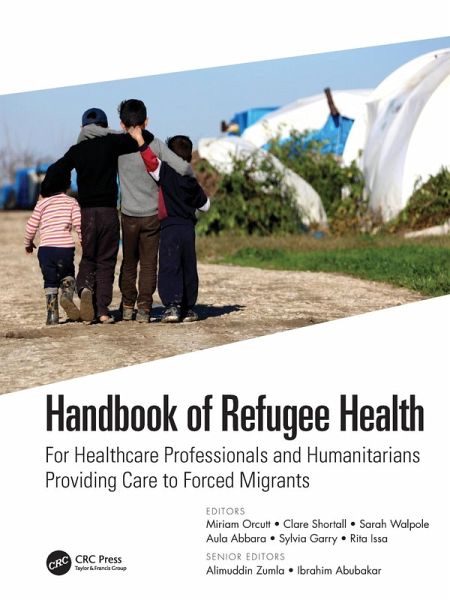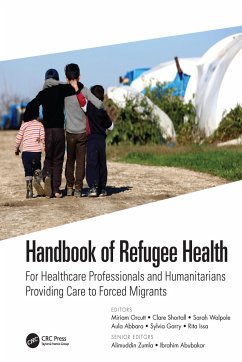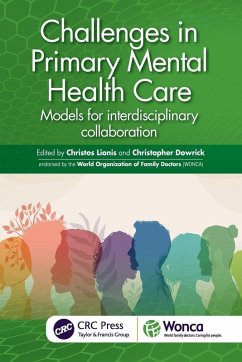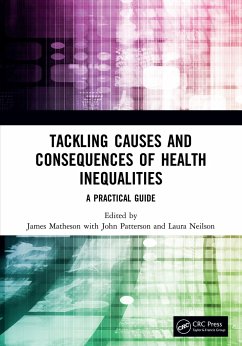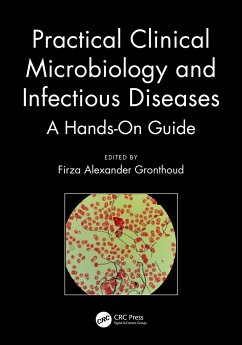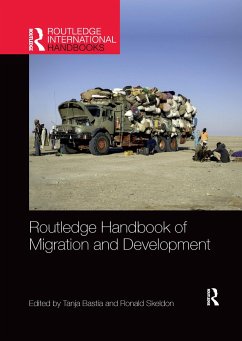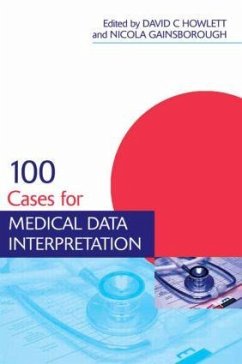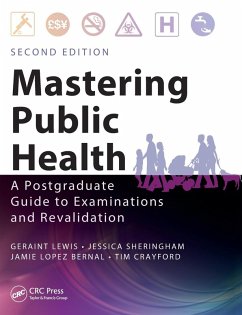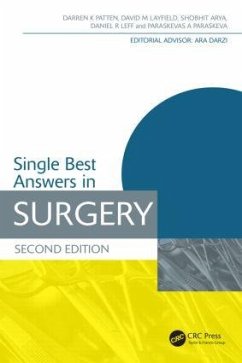Dr Miriam Orcutt (MBBS, MSc), Lead Editor, is a Senior Research Fellow in Forced Migration and Health at the Institute for Global Health, University College London, a humanitarian consultant, and trained physician. Dr Clare Shortall (BSc MBBS MRCPCH DMCC DTMH MSc) is a Health Adviser for Première Urgence Internationale (PUI), France. Dr Sarah Walpole (BSc, MBChB, MRCP, PG Cert, MSc(Res), DTM&H) is currently working as a Specialist Registrar in Infectious Diseases and General Internal Medicine in the North East of England Deanery. Dr Aula Abbara MBBS DTMH MD(Res) is a consultant in Infectious Diseases/ General Internal Medicine at Imperial College NHS Healthcare Trust, London and an Honorary Researcher at Imperial College. Dr Sylvia Garry (BA BMBCh MRCPCH DTMH MSc (PH) MFPH) is a Public Health Registrar in North London in the National Health Service (NHS). Dr Rita Issa BSc MBBS DTMPH is an Academic Clinical Fellow in General Practice in London. Sir Professor Alimuddin Zumla GCDS., MD., MSc., PhD., FRCP(Lond)., FRCP(Edin)., FRCPath., FAAS.,FRSB., is Professor of Infectious Diseases and International Health in the Division of Infection and Immunity, University College London; and is Consultant Infectious Diseases Physician at University College London Hospitals NHS Foundation Trust, London, UK. He serves as visiting Professor at several institutions in Africa, Europe and the Middle East. Professor Ibrahim Abubakar (MBBS, DPH, MSc, PhD, FFPH, FRCPE, FRCP.,FMedSci) is Director of the University College London Institute for Global Health (IGH) and Chair of Lancet Migration, and previously of the UCL-Lancet Commission on Migration and Health. He is an NIHR Senior Investigator and honorary professor at the London School of Hygiene and Tropical Medicine.
